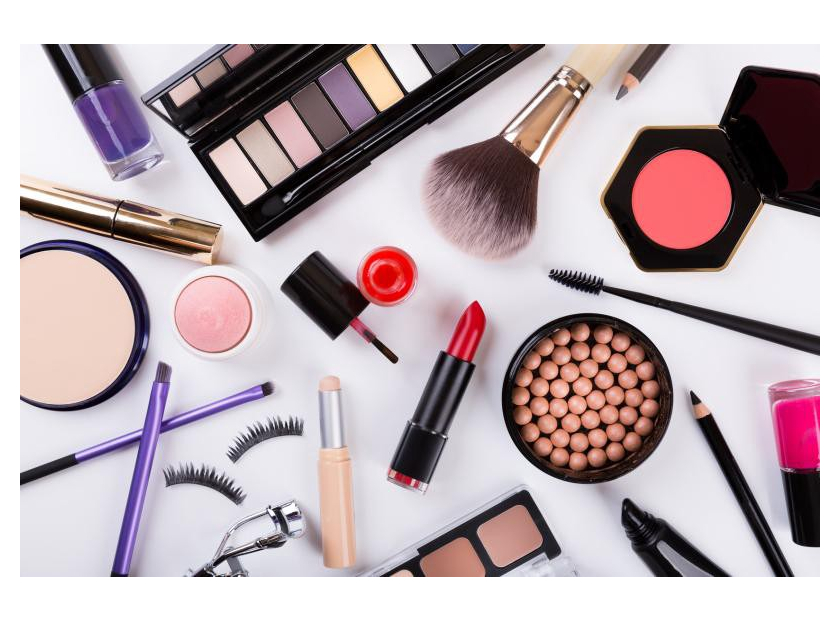The Changing Face of Safety Practices in the Cosmetics and Personal Care Industry
The English
translation for the French phrase “Il
faut souffrir pour etre belle” is: “You must suffer to be beautiful.”
Throughout history, the definition of beauty has changed from one era and
society to another. A decade of shaved and precisely drawn in eyebrows gave way
to a natural, full and almost unruly look. Glued on mouse fur brows were once
substituted for natural shaved-off brows; a cosmetic statement that seems
extreme. However, this practice seems tame compared with the suffering and
lengths some have gone to in the past to achieve the look du jour.
Growing up in the 80’s, summer goals included
achieving the darkest tan possible. No one talked about sunscreen back then and
advertisements for a popular tanning oil touted “the St. Tropez tan.” I can
still hear the jingle and remember the image of the bronzed woman I aspired to
look like before school started back up in the Fall. I wish I could take back
all the sun damage inflicted in those days, but admittedly, I still love the
smell of that stuff and the beachy memories the scent invokes.
At one time, a sun-kissed look meant one was most
likely a laborer or commoner, so the opposite skin tone was desired: pure,
white, aristocratic skin was the look of the day. Women (and some men) of the
18th century would liberally apply lead based powder to lighten the
skin and cover scars caused by smallpox, “royally” coating the skin of the
face, chest, and shoulders. This fad caused serious health problems, including
baldness, eye inflammation, rotting skin, high blood pressure, stomach pain,
miscarriages, paralysis, and death. After several aristocrats’ deaths were
attributed to white lead, its use diminished.
The heavy metals mercury and radium both found their way into cosmetics. Cinnabar, a beautiful red volcanic ore composed, in part, of mercury, was an ingredient ground up to bring a rosy hue to the cheeks. The toxic rouge resulted in muscular and nervous system damage.
A “glowing complexion” was made
possible by skin care creams, and other products, containing radium bromide.
Results from the applications of radioactive skincare were marketed as
miraculous until incidences of disintegrating jaw bones, cancer, and death were
recorded.
Perhaps one of the strangest
beauty trends was the routine of using belladonna eye drops by Italian
fashionistas around the turn of the 20th century. The extract from
the poisonous “beautiful lady” nightshade plant dilated one’s pupils, making
the eyes look bigger and supposedly simulating a natural state of arousal.
Along with the seductive look came increased heart rates, headaches, and
blurred vision. Constant use of the drops eventually caused blindness, a huge
price to pay for a wide-eyed look.

In 1938, the FDA began to monitor
the cosmetic complaints regarding serious health issues. Monitoring was all the
FDA could do, however, since they were not empowered to demand recalls or have
any control over ingredients.
Reports of crippling injuries
unfortunately became more prevalent as the use of cosmetics began to boom from
the 1940’s into the 1960’s.
The hidden dangers of bacteria, primarily Pseudomonas and Staphylococcus, came to light as bacterial keratitis infections began to crop up as a result of contaminated products. Bacterial keratitis is an infection of the cornea. The condition usually develops quickly. Eye infections began to lead to permanent blindness on an increasing scale.
In the 1970’s, The Cosmetic
Toiletry and Fragrance Association (CTFA) established strict microbiology and
quality assurance guidelines. Antimicrobials were added to makeup to increase
product integrity, safety, and shelf-life.
Public campaigns were launched,
urging consumers to rotate cosmetics, discarding makeup after three months of
use, and immediately if signs of redness, rash, or infection occurred.
In 2007, the CTFA became the
Personal Care Product Council, a “science-based safety-first organization.”
Thankfully, the odd
attempts at attractiveness of the past are no longer practiced.
Today, the FDA
regulates cosmetics under the Federal Food, Drug, and Cosmetic Act (FD&C)
and the Fair Packaging and Labeling Act (FPLA), yet compared to other highly
regulated industries, such as pharmaceutical, the cosmetics and personal care
industry is largely still self-policed.
According to the FDA, “The law does not require cosmetic products
and ingredients, other than color additives, to have FDA approval before they
go on the market, but there are laws and regulations that apply to cosmetics on
the market in interstate commerce... Companies and individuals who manufacture
or market cosmetics have a legal responsibility to ensure the safety of their
products.”
Hardy Diagnostics has products to
support testing guidelines for USP <61> Microbial Quality, USP <62>
Selectivity of media, and USP <1111> Microbial examination of non-sterile
products.







